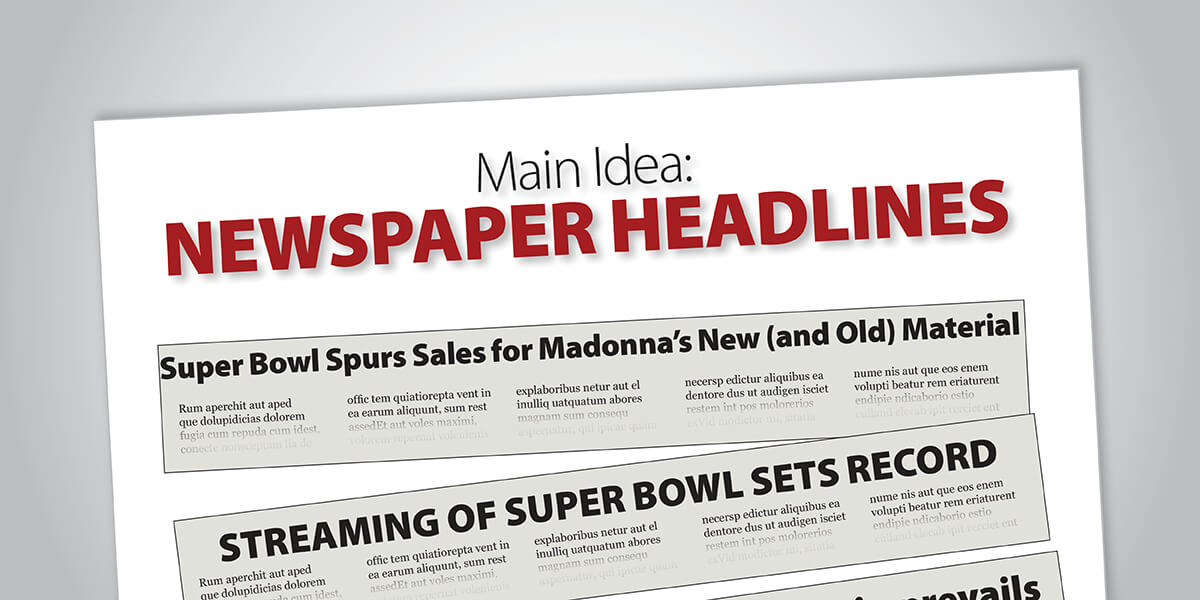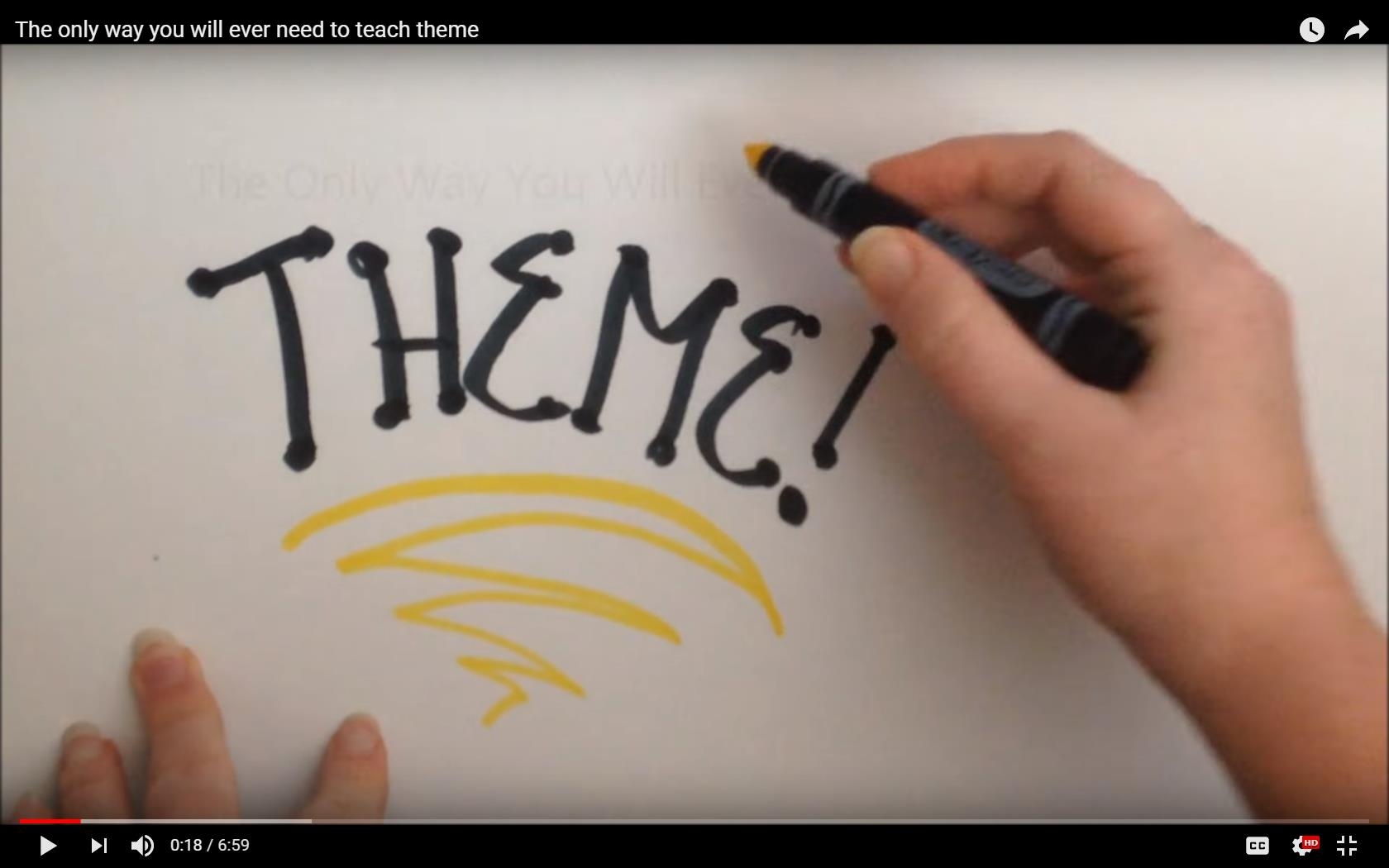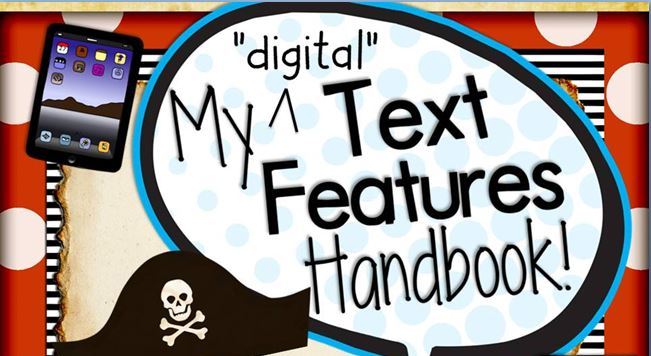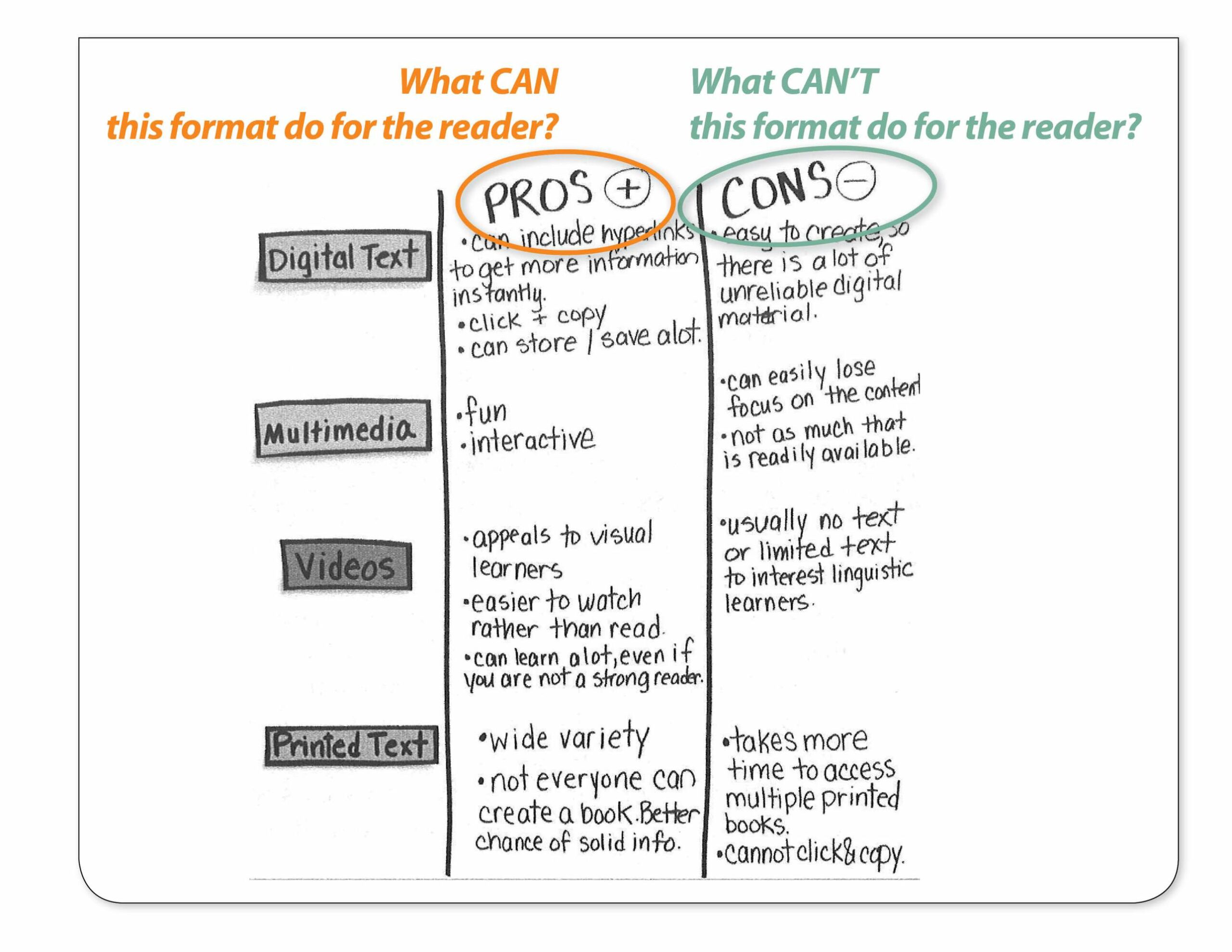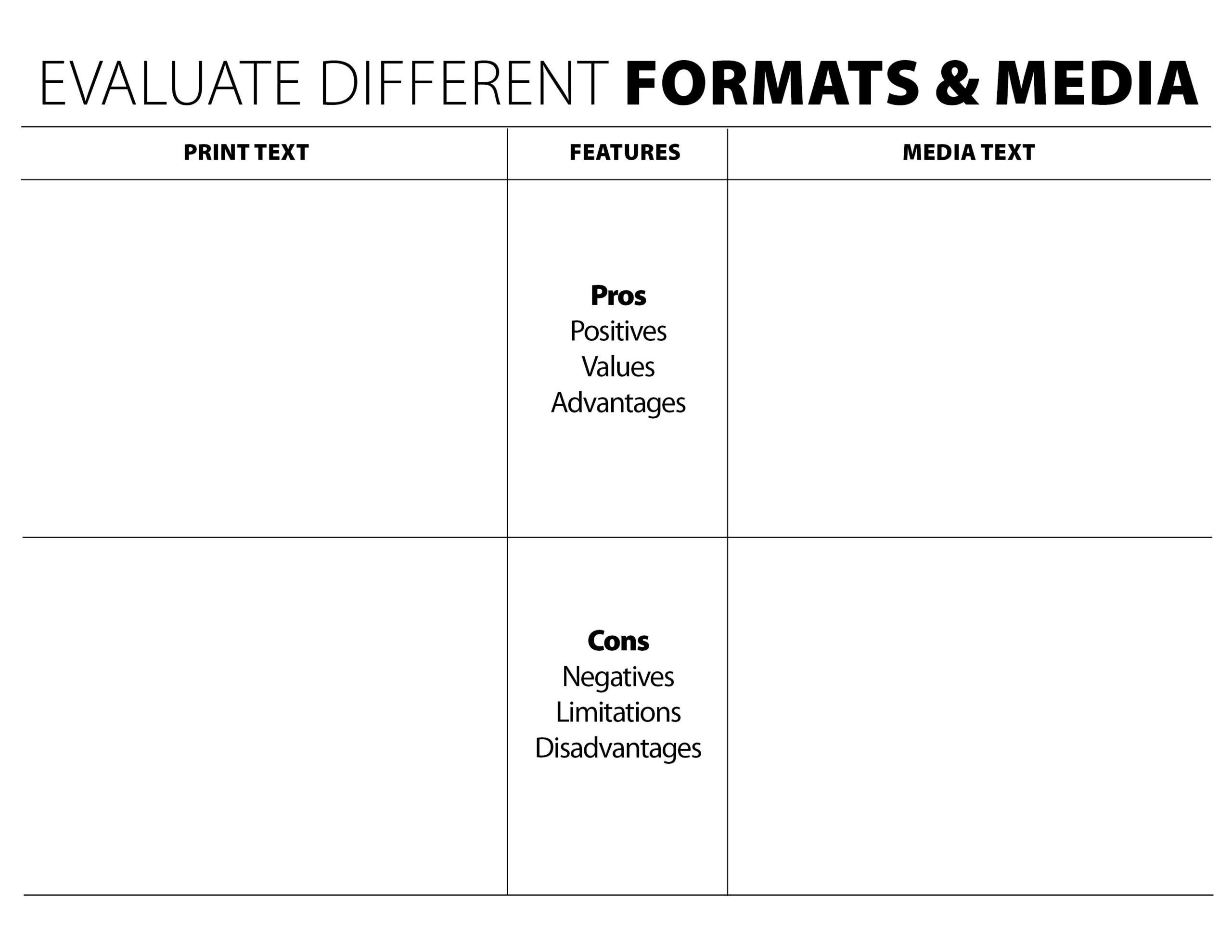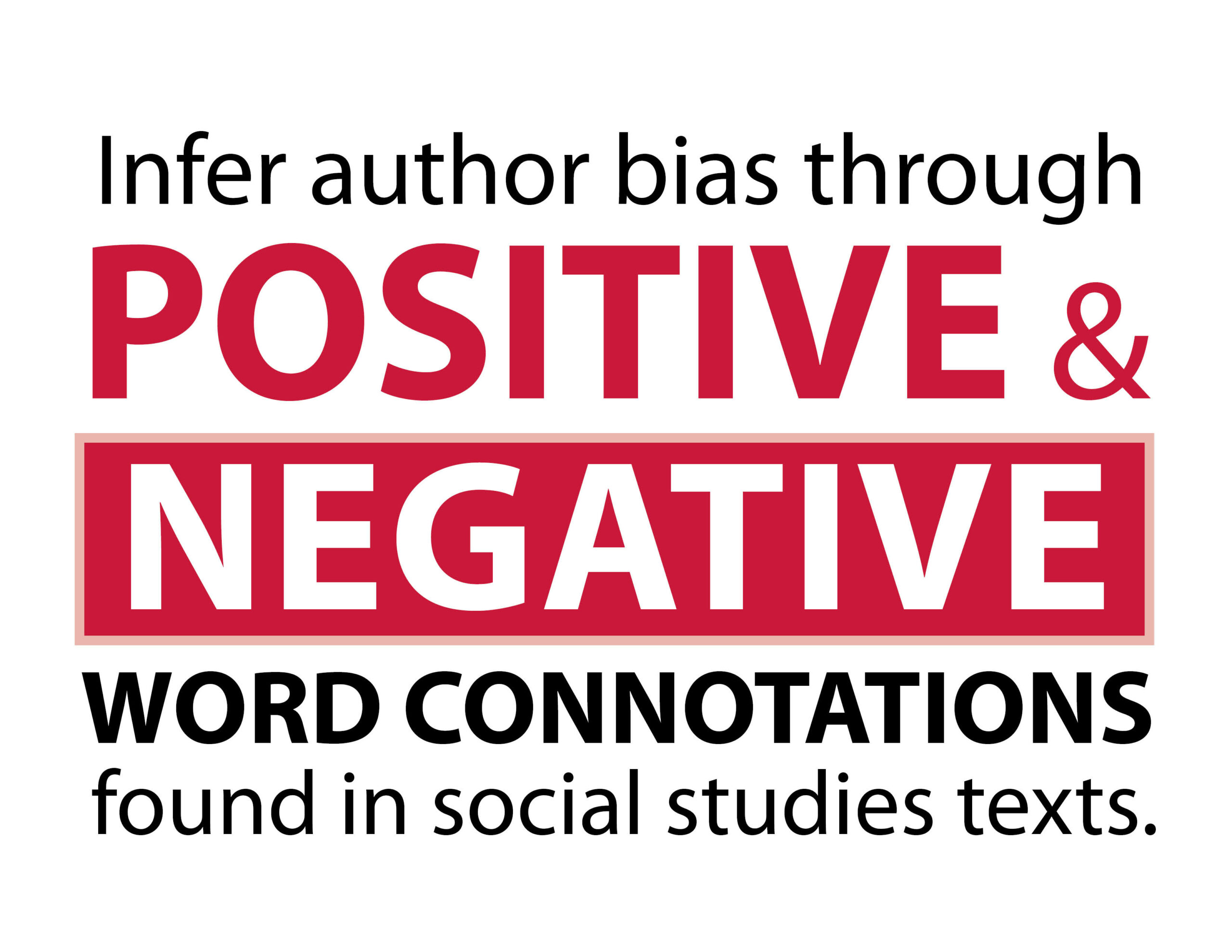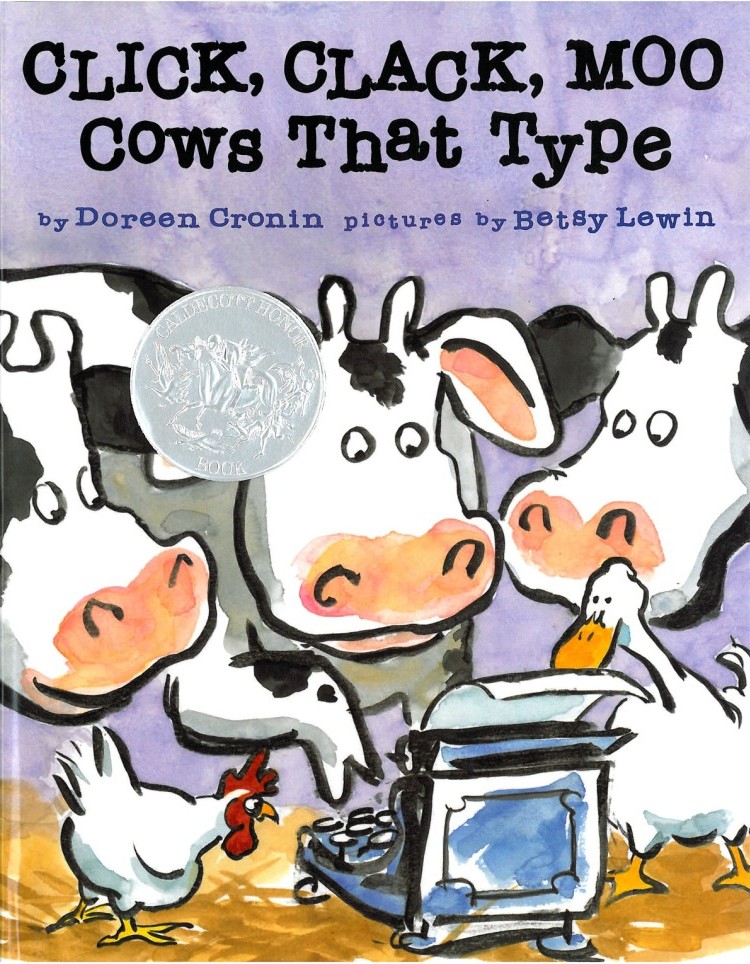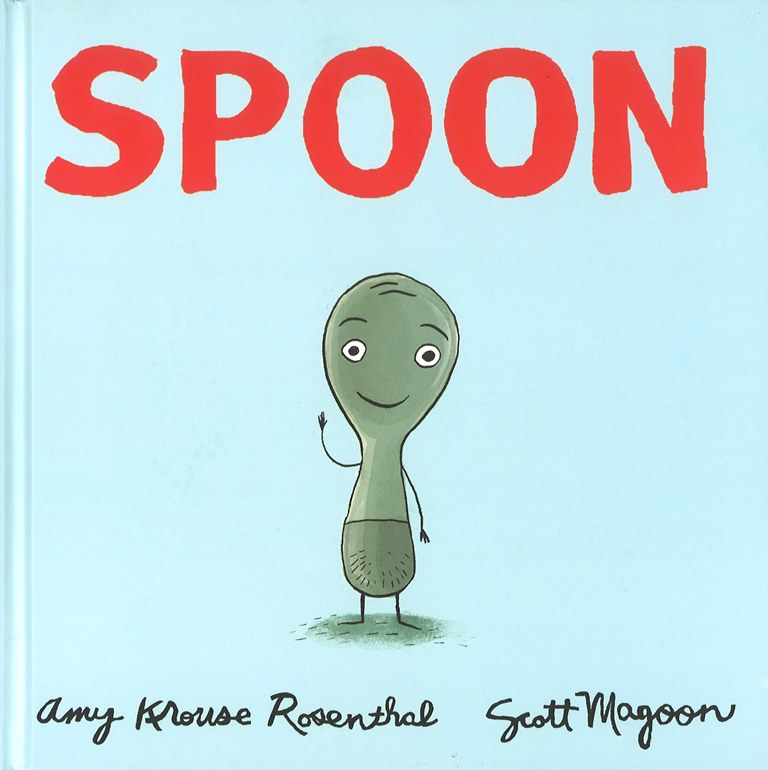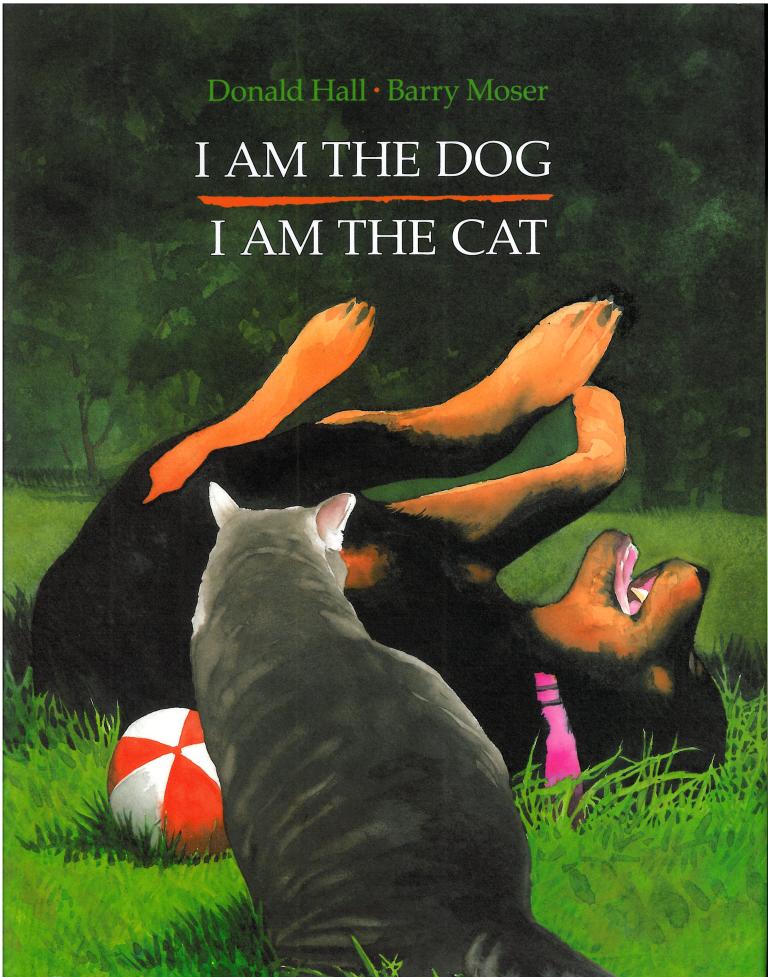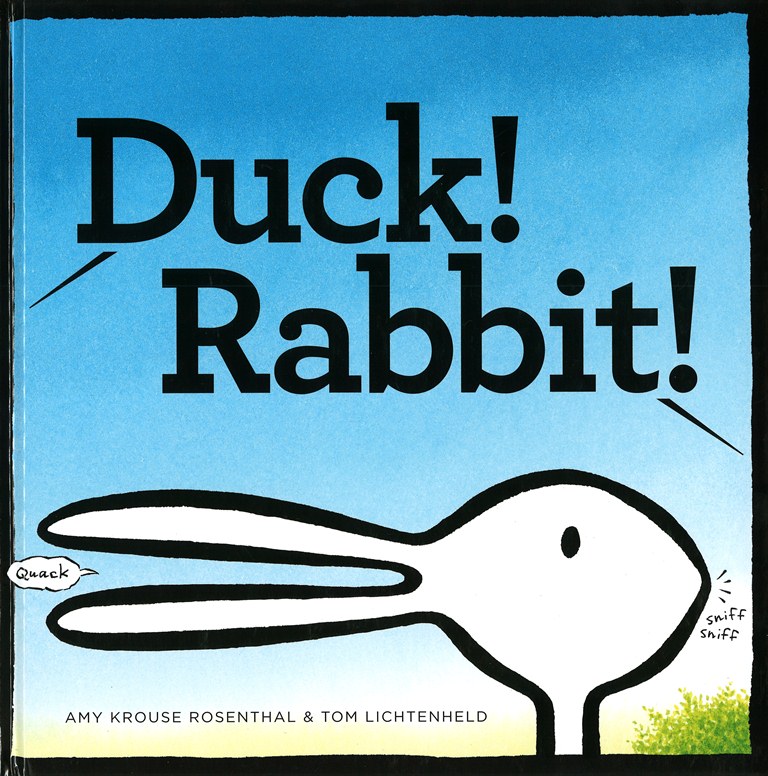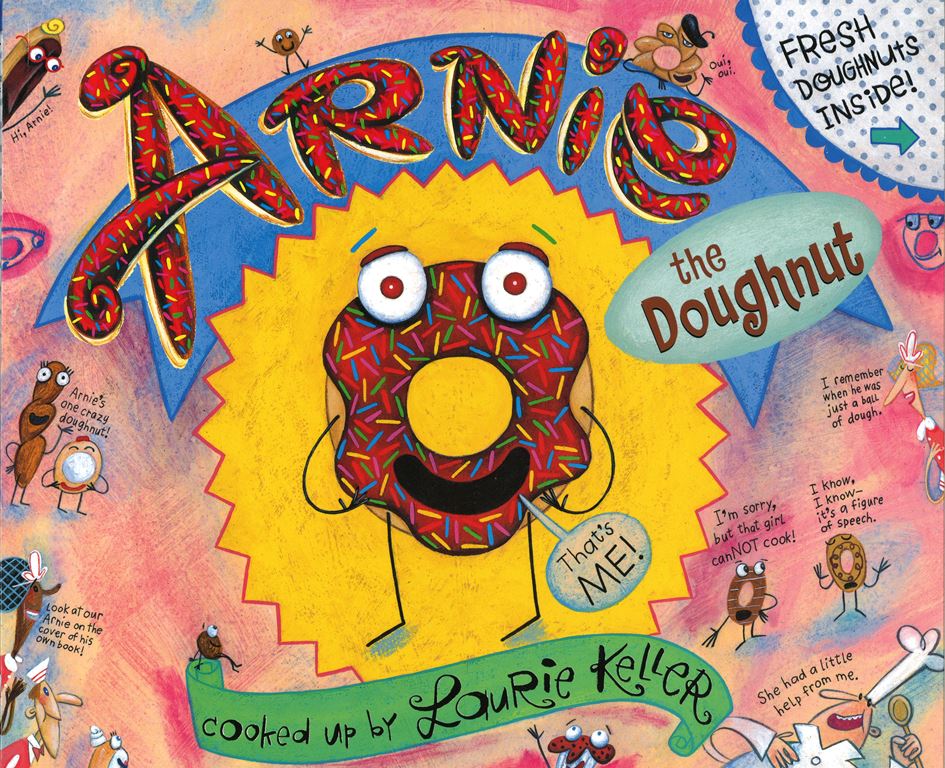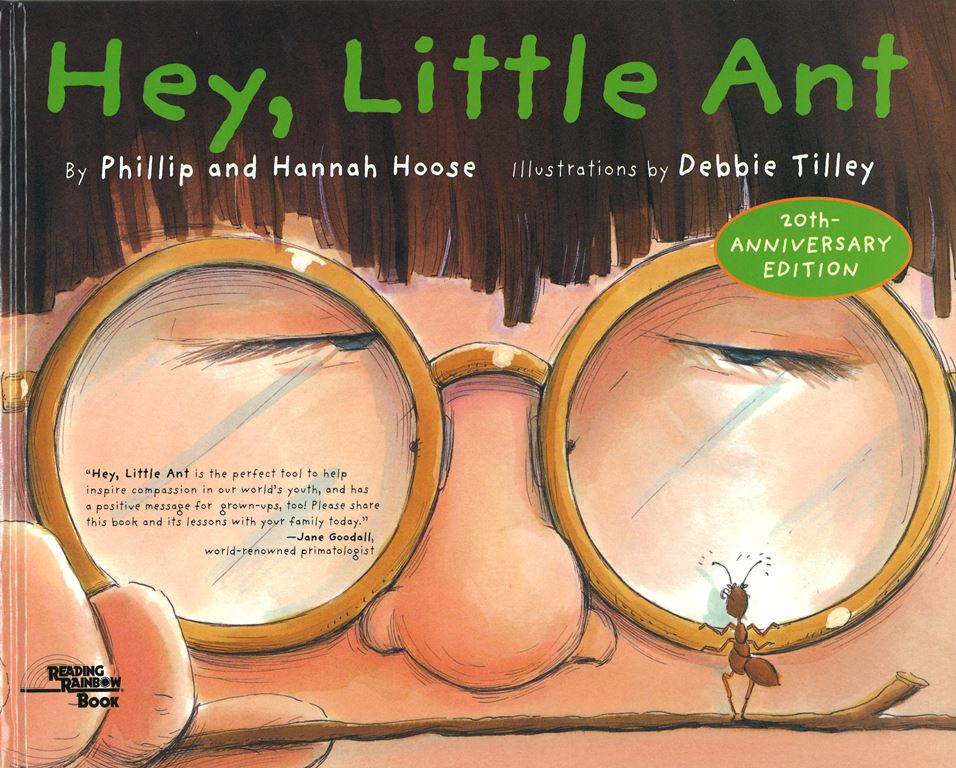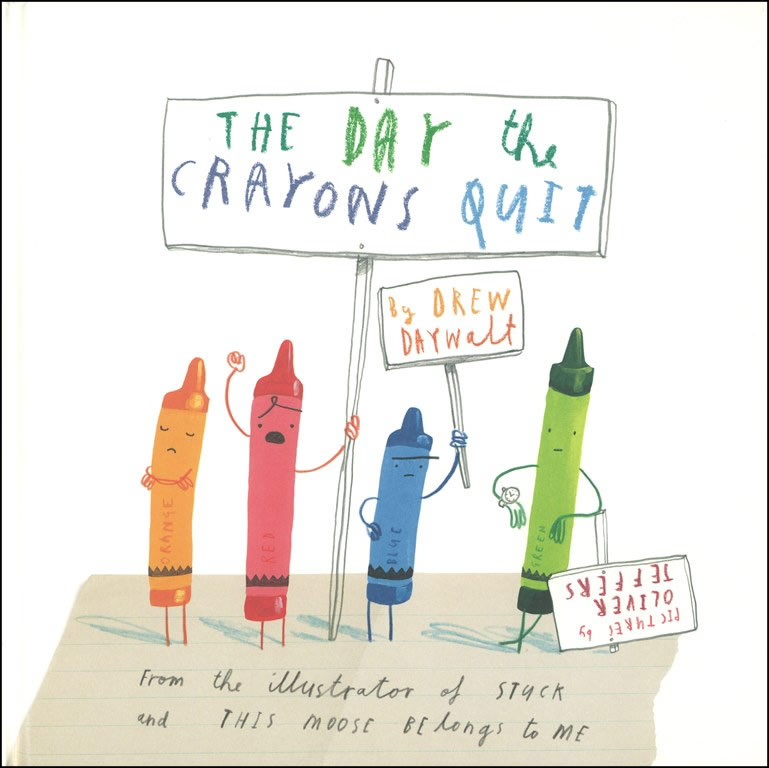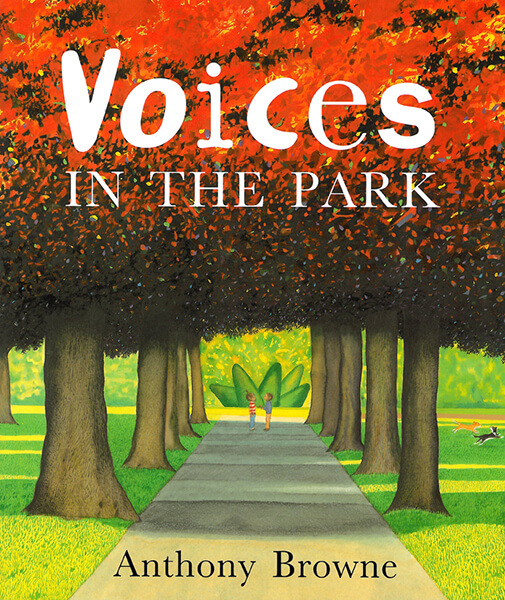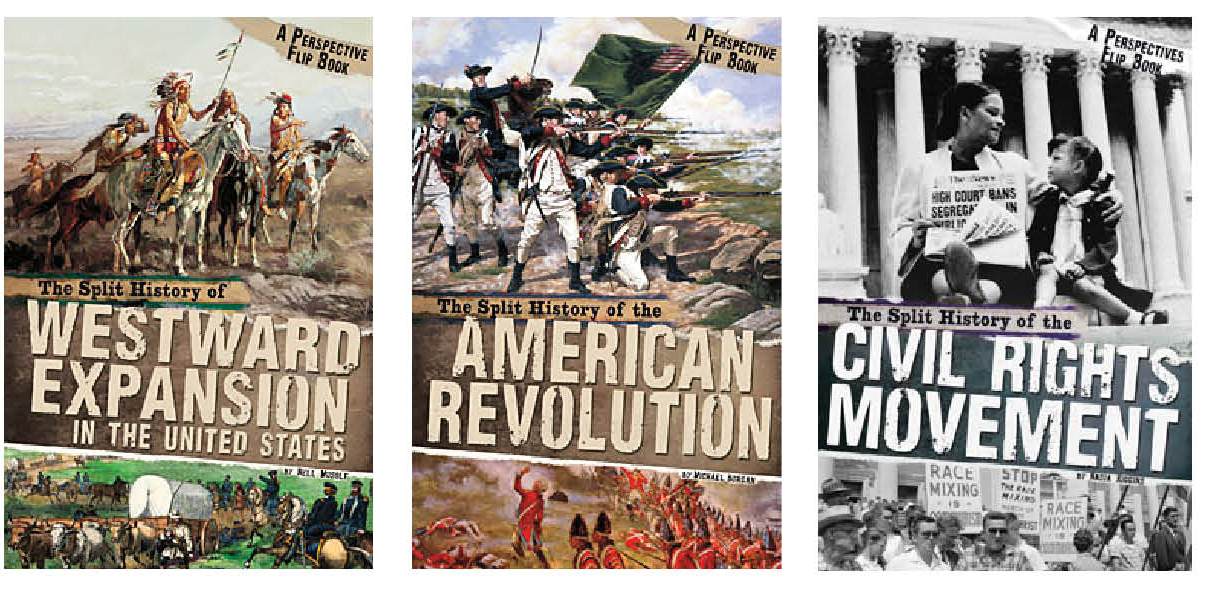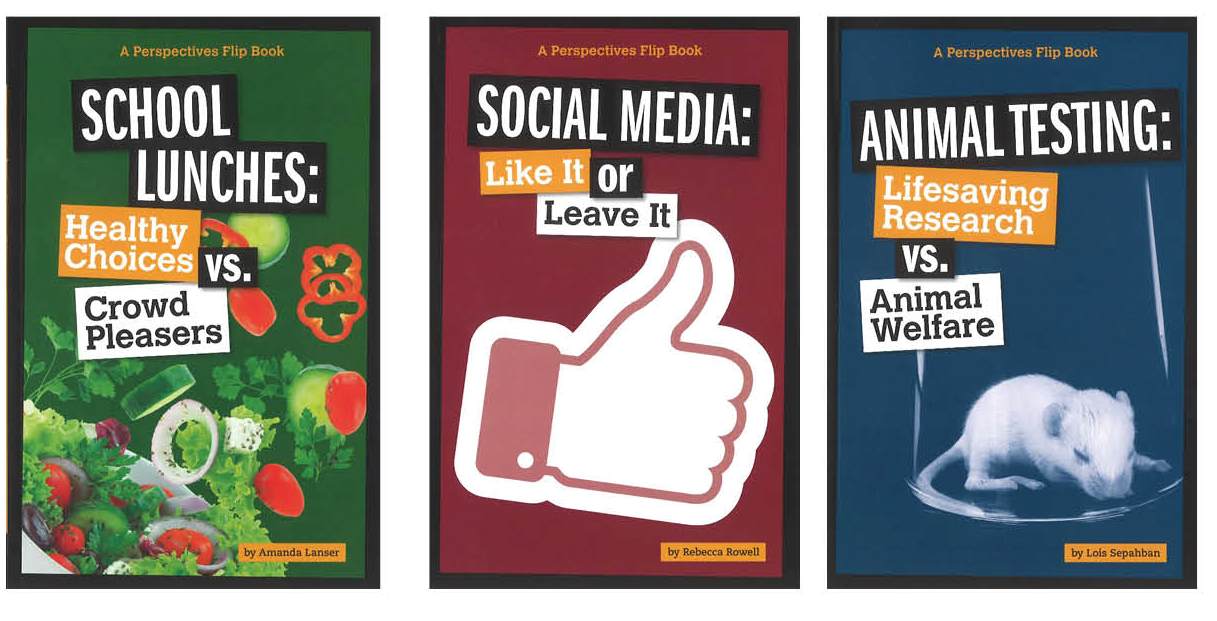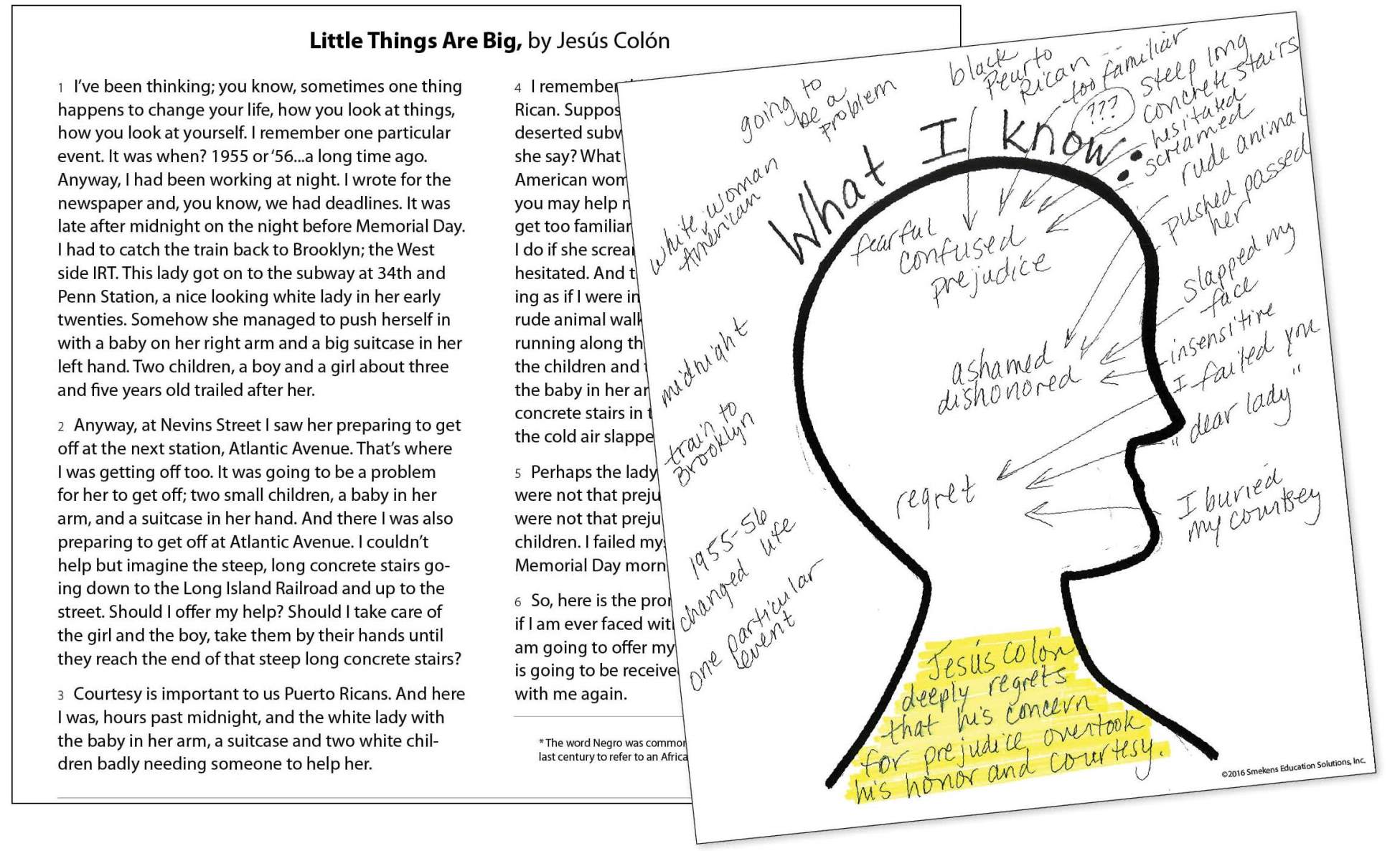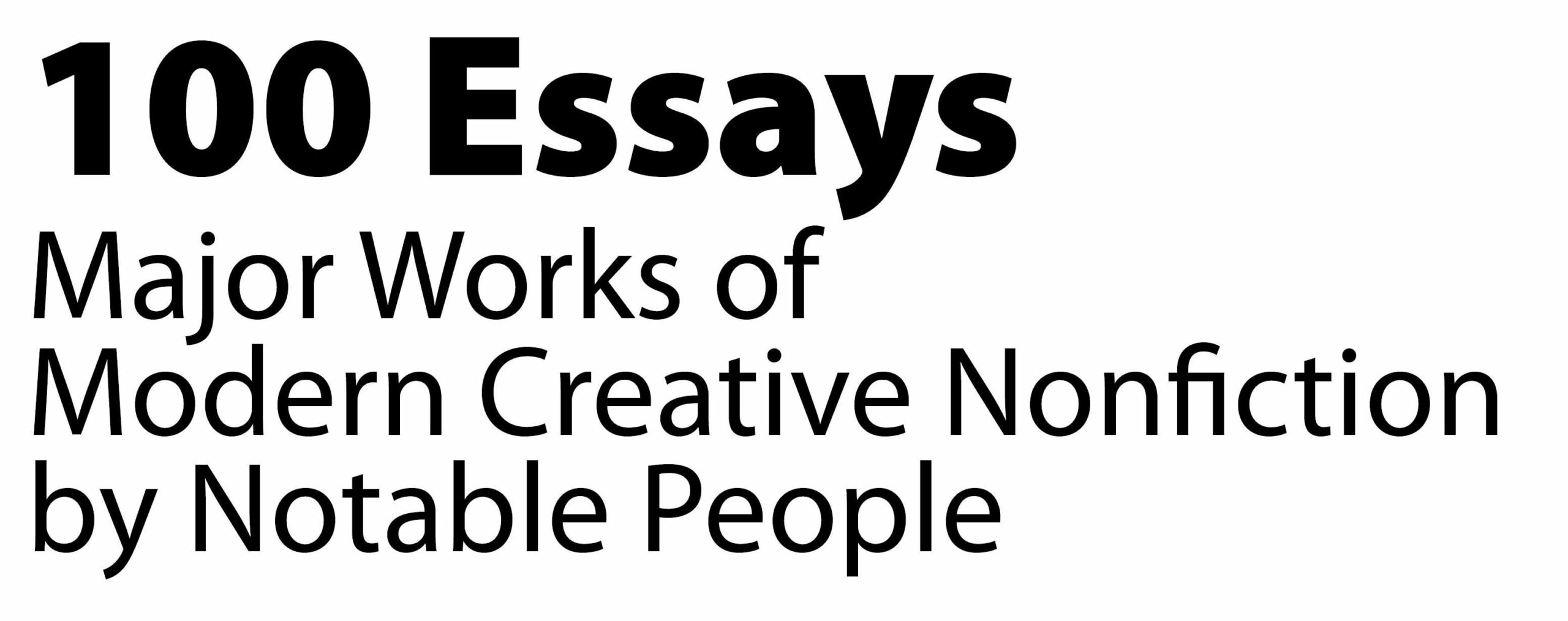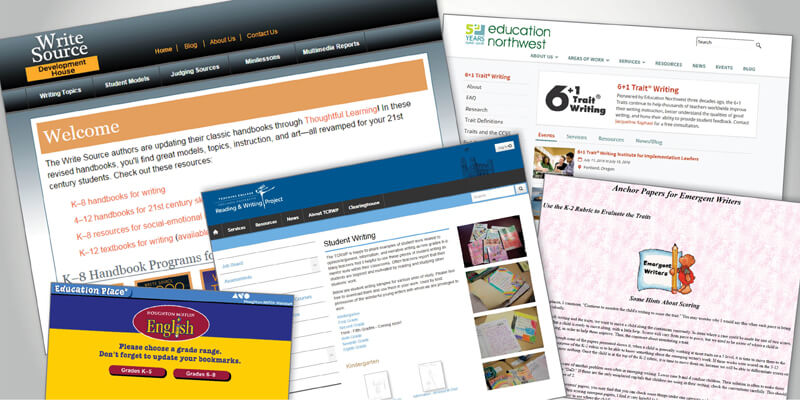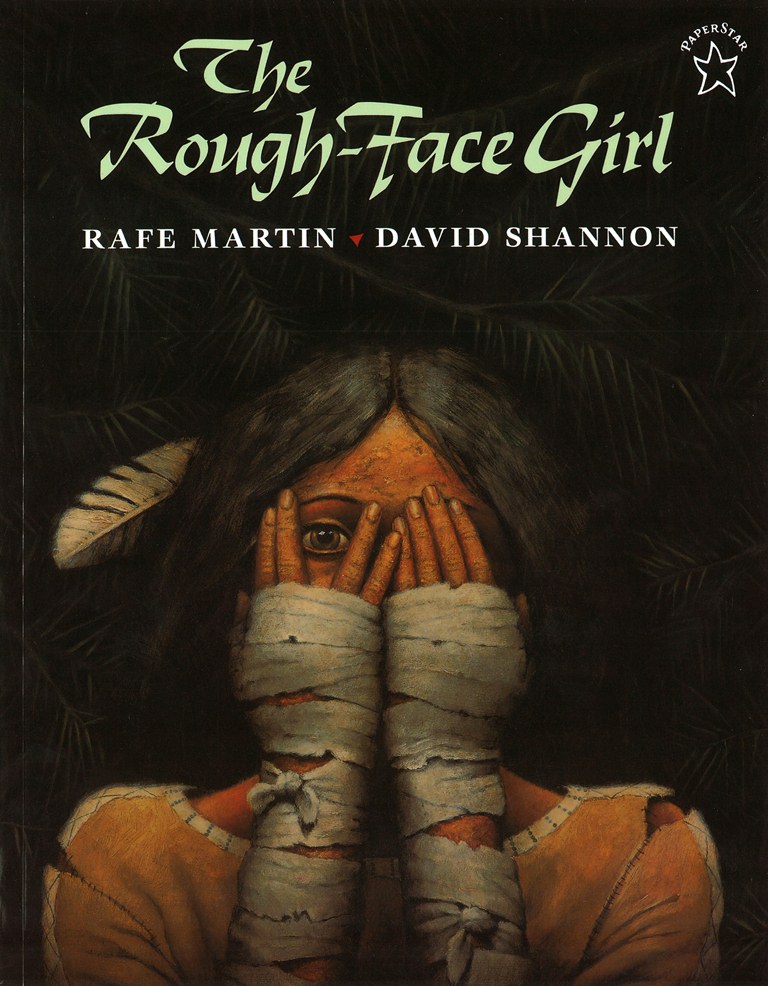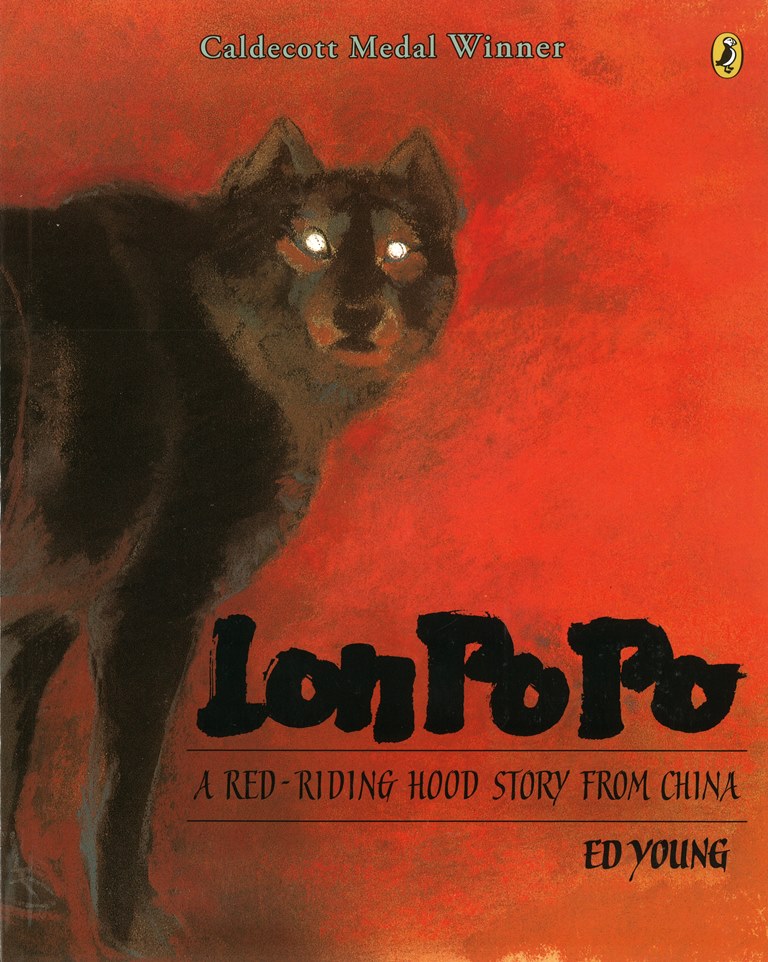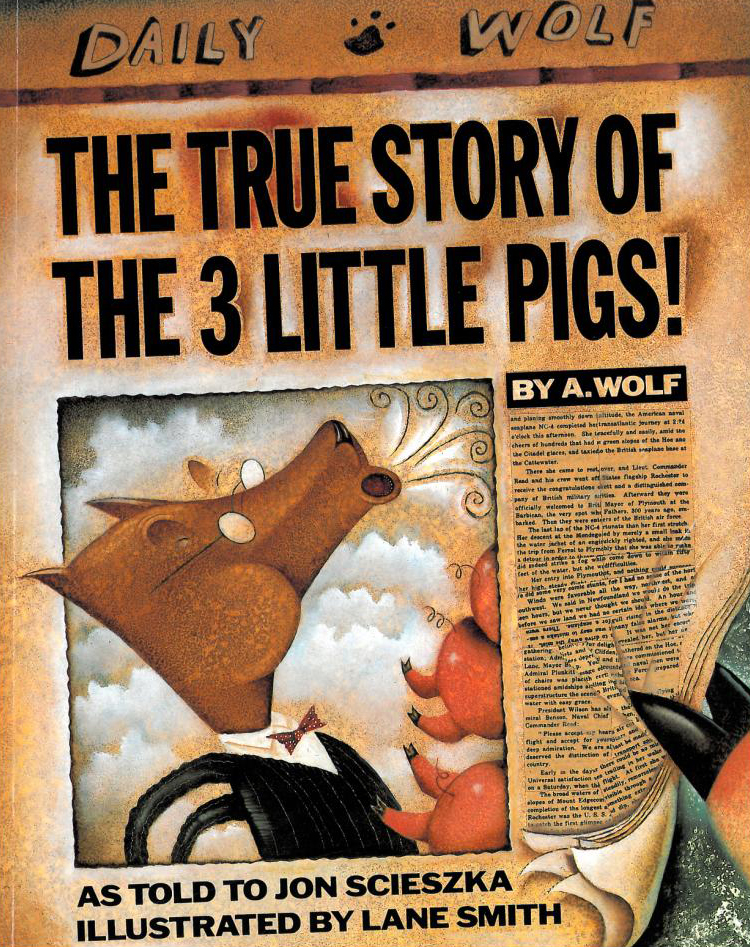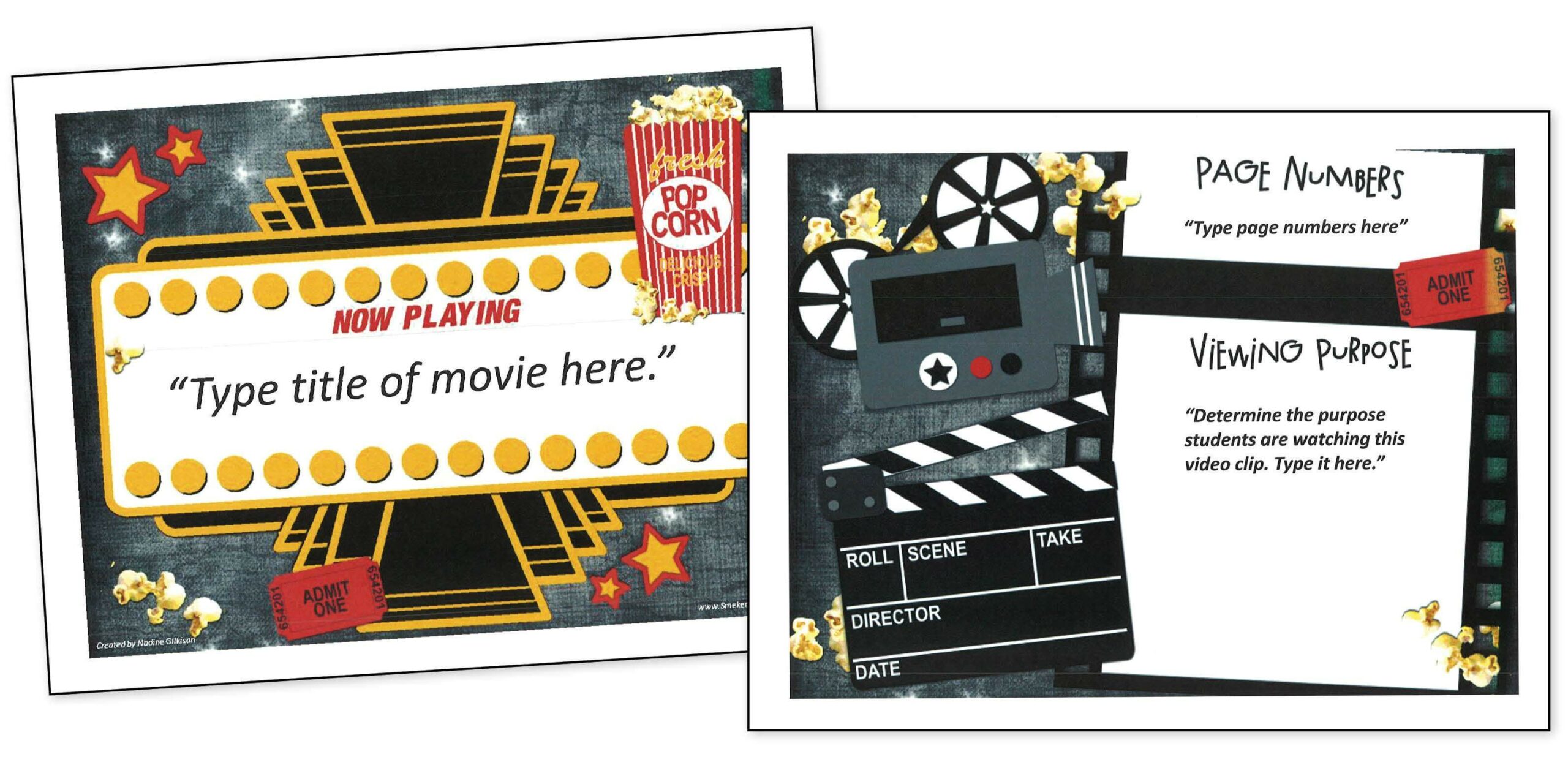14 Power Strategies
to Boost Reading & Writing Achievement on Standardized Tests
SECRET SITE
Infer author & ideas intentions
8. Determine main idea & theme
Compare to newspaper headlines
A text topic can be identified in 1-3 words. However, the main idea requires a 4-8 word sentence.
While reading a novel, generate main-idea titles for each chapter.
Support main idea with textual evidence
If the headline is the main idea, then repeated words and details within the article are the evidence. They are proof of the text’s main idea.
Panda Cup | Template & Example
Hot Dog | Template & Example
Use topical themes to generate theme statements
Recognize the topical themes or categories that authors tend to write about.
Eighth grade teacher Sara Johnson explains theme in a four-step whole-class activity.
Utilize the TheMe Foldable to demonstrate that the topic or category isn’t the theme. It’s the specific lesson within that topic that was learned.
9. Recognize new info in text features
Immerse students in text features
Teach students that informational text has multiple entry points. Each text feature serves as a different place the reader can start reading and learning about the topic.
Text Features Song | Lyrics
Infographs communicate a lot of information visually. | Mini-posters dissecting the parts of different examples.
Students communicate what info they learned from a particular feature with Information T.H.I.E.V.E.S.
Compare and evaluate information from different mediums
The secret is to critique the different text formats based on their value to the reader. Identify two broad categories of comparison.
PROS—What are the reader benefits, pros, perks, or values of this text type?
CONS—What are the challenges or shortcomings for the reader when faced with this text type?
10. Evaluate perspective
Introduce key terms
Compare Perspective A versus Perspective B
Read mentor text that reveals a situation with two different character perspectives.
Anticipate more than two perspectives
The same topic/situation is the subject for multiple characters within these texts.
Identify author perspective within informational text
Transition from reading character feelings in literature to author viewpoints in nonfiction.
Check out additional sources for informational text.
Link perspective with support
Analyze and evaluate author arguments
To evaluate an author’s ideas, students need to identify his claim and the support provided.
Evaluate the quality of an argument using this skeletal frame by Roz Linder in Chart Sense: Grades 3-8.
Introduce different types of evidence.
Elementary standards | Secondary
Access sources for examples of argumentative writing
11. Draw comparisons across texts
Compare texts using T-Charts
Make connections between cultural versions of a story or fairy tale.
The Rough-Faced Girl v. Cinderella
Lon Po Po v. Little Red Riding Hood
True Story of the 3 Little Pigs v. The Three Little Pigs
Evaluate format and media
Evaluate if the movie version stayed true to the original print text.

